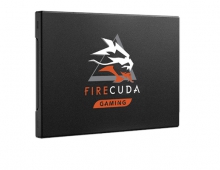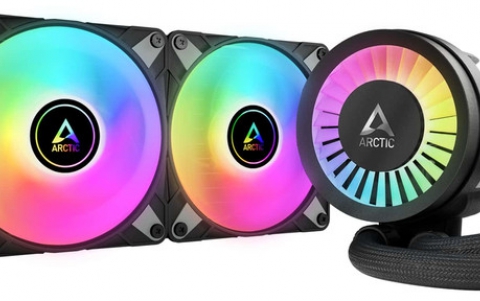
SSDs Are Here To Stay As New Memory Technology Is Still Years Away
Solid-state drives (SSDs) will continue to expand and replace the slower Hard Disk Drives (HDDs) for more years before they will ultimately be replaced by a new memory technology, experts said.
Speakers at the Hot Chips conference in Stanford, California on Sunday underlined the advantages of NAND flash, which is currently used in both SSDs and as a RAM. Althernative memory technologies like phase-change memory (PCM), RRAM (resistive random-access memory) and MRAM (magnetoresistive RAM) may show promise with faster speed and durability, but it will be many years until they are made in volume and are priced competitively to replace NAND flash storage, the the Computerworld web site reported from California.
Crossbar has developed RRAM that the company claims can replace DRAM and flash. Startup Everspin is offering its MRAM (magnetoresistive RAM) products as an alternative to flash memory. Hewlett-Packard is developing memristor, while PCM (phase-change memory) is being pursued by Micron and Samsung.
SSDs are considered an alternative to spinning hard-disk drives, which have reached their speed limit. Mobile devices including ultrabooks are switching to SSDs, which are smaller, faster and more power efficient. However, the enterprise market still relies largely on spinning disks, and SSDs are poised to replace hard disks in server infrastructure, experts said, as soon as NAND price gets lower. SSDs can be plugged into PCI-Express 3.0 slots in servers for processing of applications like analytics, which is faster than hard drives on the slower SATA interface.
Predictions at the conference had the NAND flash to be eventually replaced by 2023 or beyond.
Samsung this month announced faster V-NAND flash storage chips that are up to 10 times more durable than the current flash storage used in mobile devices. The flash memory employs a 3D chip structure in which storage modules are stacked vertically.
Intel is taking a different approach to scaling down NAND flash by implementing high-k metal gate to reduce leakage. The company will also move to 3D transistor structuring.
But as process shrink, the endurance of flash may drop. Options would be to minimize writes by changing algorithms and controllers, and also to use compression, de-duplication and hardware encryption, experts added.
Crossbar has developed RRAM that the company claims can replace DRAM and flash. Startup Everspin is offering its MRAM (magnetoresistive RAM) products as an alternative to flash memory. Hewlett-Packard is developing memristor, while PCM (phase-change memory) is being pursued by Micron and Samsung.
SSDs are considered an alternative to spinning hard-disk drives, which have reached their speed limit. Mobile devices including ultrabooks are switching to SSDs, which are smaller, faster and more power efficient. However, the enterprise market still relies largely on spinning disks, and SSDs are poised to replace hard disks in server infrastructure, experts said, as soon as NAND price gets lower. SSDs can be plugged into PCI-Express 3.0 slots in servers for processing of applications like analytics, which is faster than hard drives on the slower SATA interface.
Predictions at the conference had the NAND flash to be eventually replaced by 2023 or beyond.
Samsung this month announced faster V-NAND flash storage chips that are up to 10 times more durable than the current flash storage used in mobile devices. The flash memory employs a 3D chip structure in which storage modules are stacked vertically.
Intel is taking a different approach to scaling down NAND flash by implementing high-k metal gate to reduce leakage. The company will also move to 3D transistor structuring.
But as process shrink, the endurance of flash may drop. Options would be to minimize writes by changing algorithms and controllers, and also to use compression, de-duplication and hardware encryption, experts added.





















